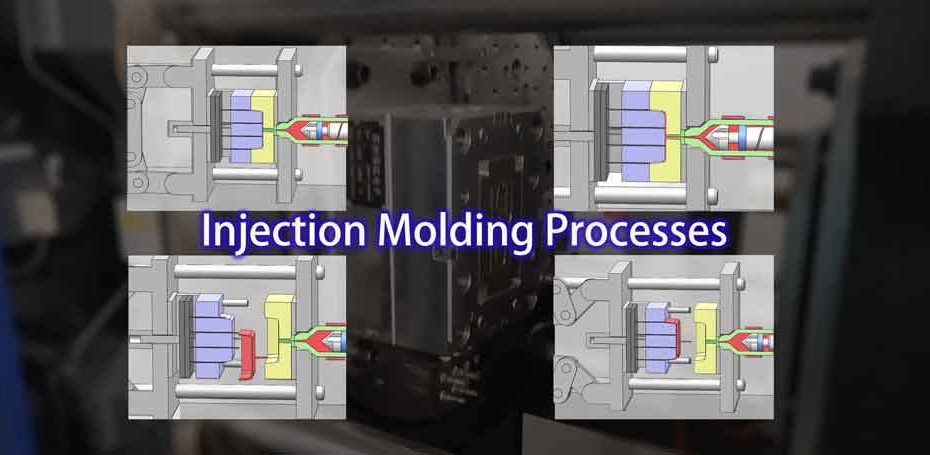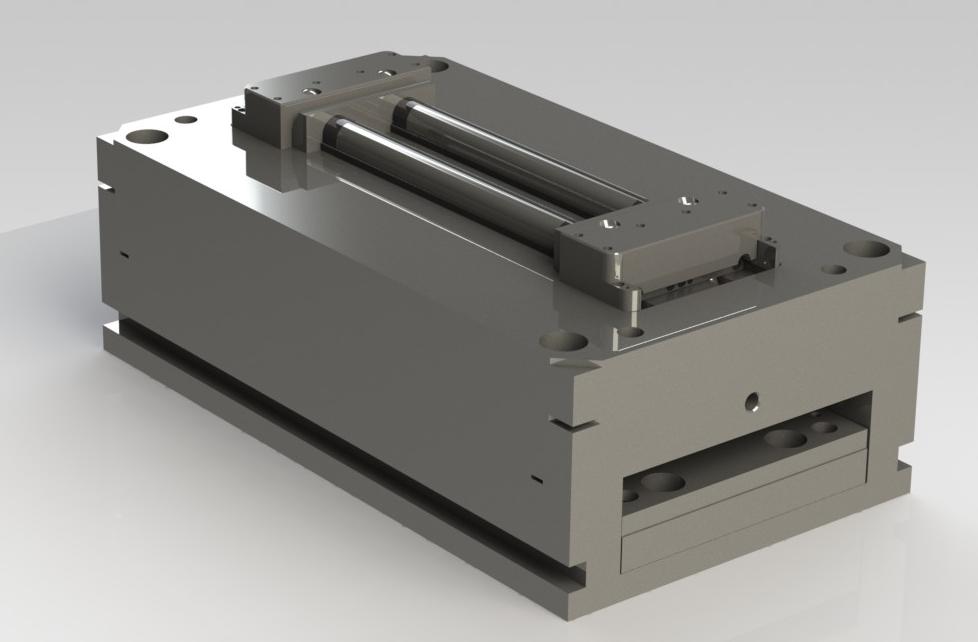The Impact of Plastic Injection Molding on Reducing Manufacturing Prices and Waste
The Impact of Plastic Injection Molding on Reducing Manufacturing Prices and Waste
Blog Article
Recognizing the Fundamentals of Plastic Shot Molding Processes
Plastic injection molding functions as a keystone of modern manufacturing, supplying a systematic approach to producing intricate components with precision. This procedure not just includes the essential actions of melting and infusing materials right into molds however also entails a nuanced understanding of various influencing elements, such as temperature level and stress. As sectors significantly demand efficiency and quality, the ins and outs of this technique come to be extra essential. Discovering these essential elements could reveal how even minor adjustments can lead to significant improvements in production outcomes, raising questions about the potential for innovation in this established process.
What Is Plastic Shot Molding?
Plastic shot molding is an extensively used manufacturing process that changes thermosetting and polycarbonate materials into precise and complicated forms. This method is preferred for its ability to produce high volumes of the same parts with exceptional precision, making it an essential approach in various markets, consisting of automotive, durable goods, and clinical devices.
The process includes thawing the picked plastic material and injecting it into a mold and mildew under high stress. The mold, developed to the specs of the wanted component, allows the molten plastic to materialize as it cools down and strengthens. Once the material has set, the mold is opened, and the finished element is expelled.
Plastic shot molding supplies numerous advantages, consisting of reduced waste, consistency in production, and the capability to include complex layouts that might be testing with other manufacturing approaches. Additionally, it supports a broad series of products, each providing distinct homes that can be customized for certain applications. As sectors remain to innovate, plastic shot molding continues to be at the center, enabling the development of innovative items that fulfill advancing customer needs.
The Injection Molding Process
The shot molding procedure is an advanced method that includes several key phases to generate top notch plastic parts. Plastic pellets are fed right into a heated barrel where they are melted right into a thick liquid. This molten plastic is after that injected under high pressure into a precision-engineered mold, which forms the material into the desired type.
When the mold is filled, the plastic is permitted to cool down and solidify, taking the shape of the mold and mildew dental caries. Air conditioning time is important, as it affects the cycle time and the final buildings of the molded component. After adequate cooling, the mold and mildew opens, and the ended up component is expelled using ejector pins.

Materials Used in Injection Molding
Numerous materials can be made use of in the shot molding process, each offering one-of-a-kind buildings that satisfy specific applications. The most typically utilized materials include thermoplastics, thermosetting plastics, and elastomers.

Thermosetting plastics, like epoxy and phenolic materials, undergo a chemical modification throughout the curing process, causing a rigid, inflexible framework. These products are perfect for applications calling for high heat resistance and structural go to this web-site honesty, often utilized in vehicle components and electric insulators.
Elastomers, including silicone and rubber-based materials, provide flexibility and strength. Their distinct residential properties make them suitable for view website applications that demand elasticity, such as seals and gaskets.
Additionally, specialty materials like bio-based plastics and composites are obtaining traction for their ecological benefits and improved performance features, broadening the extent of shot molding applications in different sectors. Understanding the homes of these products is essential for picking the ideal kind for details projects.
Benefits of Injection Molding
Injection molding stands apart as an extremely reliable manufacturing procedure that supplies many benefits for producing complex parts with precision. One of the most substantial benefits is the ability to create intricate layouts that would be difficult or impossible to accomplish with various other techniques (Plastic Injection Molding). The process enables comprehensive features and tight tolerances, ensuring high-quality components
Furthermore, injection molding is recognized for its fast production capacities, making it an ideal selection for high-volume manufacturing. Once the mold is produced, components can be created rapidly, minimizing lead times and enhancing total efficiency. This performance not just decreases manufacturing expenses however likewise gives a competitive edge out there.
The adaptability of materials made use of in injection molding additionally enhances its allure. A large range of thermoplastics and thermosetting polymers can be employed, allowing suppliers to choose materials that best satisfy their details needs, consisting of versatility, warmth, and strength resistance.
In addition, the procedure lessens waste, as excess material can usually be recycled and reused. This sustainability facet adds to a minimized environmental effect, making injection molding an accountable production selection. On the whole, the benefits of shot molding make it a preferred technique for several markets.
Variables Affecting Item Quality
While countless variables can influence item top quality in shot molding, understanding these components is essential for achieving optimal outcomes. Key facets consist of material choice, refining criteria, and mold and mildew design.
Product selection plays a vital function, as different polymers exhibit distinct residential properties that affect flowability, stamina, and thermal stability. Poor product choice can bring about flaws such as bending or insufficient filling.
Handling parameters, consisting of stress, cycle, and temperature level time, must be meticulously regulated. Variants in these settings can cause variances partially measurements and surface coating. For example, excessively heats may create degradation of the polymer, while inadequate pressure can result in brief shots.
Mold design is just as important, as it identifies the circulation of the molten plastic and the cooling procedure. Badly created molds may cause irregular cooling prices, leading to dimensional errors and residual anxieties.

Verdict
Finally, plastic shot molding works as an essential production process that makes it possible for the reliable manufacturing of top quality components. Proficiency of the shot molding procedure, consisting of the understanding of products and the impact of different factors on item top quality, is important for accomplishing ideal results. The benefits of this approach, such as cost-effectiveness and layout adaptability, more highlight its relevance throughout several industries, strengthening its standing as a recommended selection for high-volume production.
Plastic injection molding offers as a foundation of contemporary manufacturing, providing a systematic method browse around this site to producing complicated parts with precision.Plastic shot molding provides numerous advantages, including reduced waste, consistency in manufacturing, and the capacity to incorporate elaborate designs that may be challenging with various other making approaches (Plastic Injection Molding). As sectors continue to introduce, plastic shot molding stays at the forefront, allowing the development of sophisticated products that meet developing consumer needs
The injection molding procedure is an innovative strategy that involves several crucial stages to create premium plastic components.In conclusion, plastic shot molding serves as a vital manufacturing process that makes it possible for the effective production of high-grade parts.
Report this page